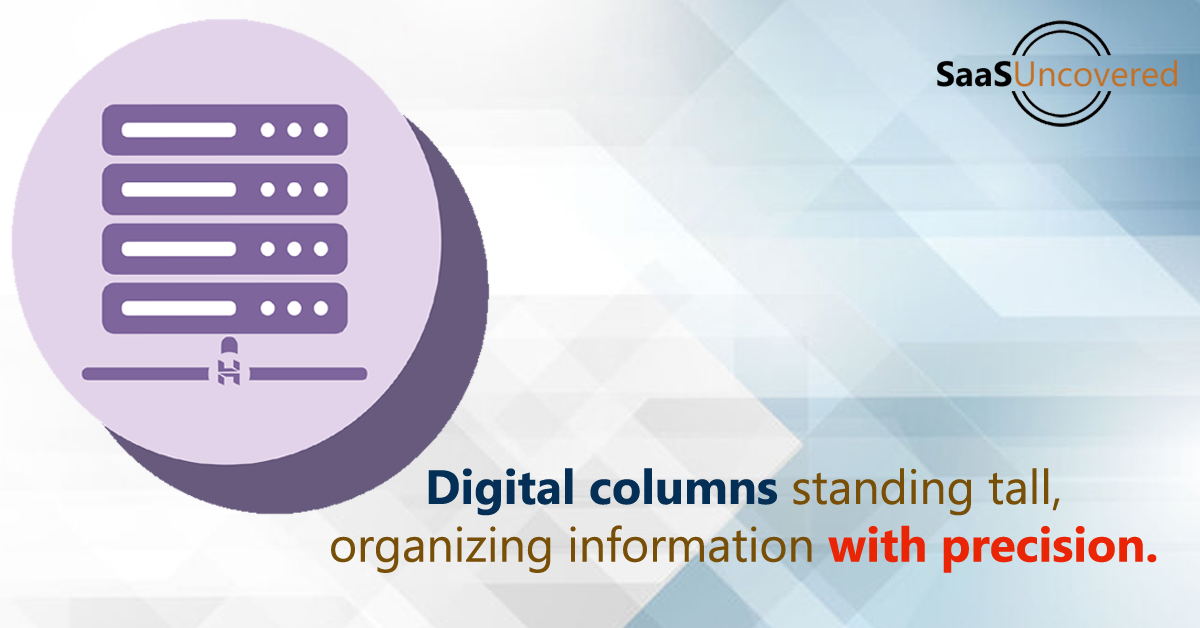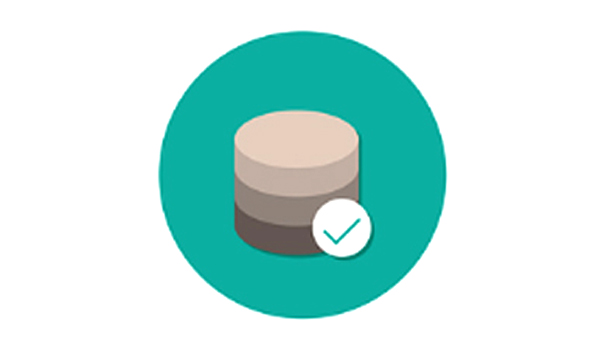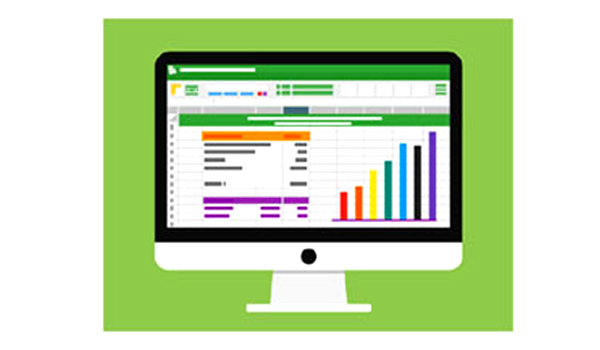Columnar Database
Columnar database, also known as column-oriented database, is a database that store data in columns instead of rows.
Updated: December 2, 2023

Columnar database, also known as column-oriented database, is a database that store data in columns instead of rows. Specific column information can be pulled from the database as needed.
Columnar databases software is used by many organizations to process analytical questions faster and more efficiently. Developers can scan through data by using columnar databases. Performance, cost savings, improved productivity and insights, multipurpose, compressible data and self-indexing are some more significant advantages of columnar databases.
Processing and storage expenses increases as data grows. Parquet and Apache ORC, or optimized row columnar (ORC), are two separate implementations defining how data is organized and housed. Parquet is a type of columnar storage format which is commonly used in big data processing frameworks. Apache ORC is a high-performance columnar storage format used for data processing frameworks as it provides efficient storage, compression, and execution of queries for analytical workloads.
Data warehousing, Big data analytics platform, Machine learning and artificial intelligence (AI) workloads and IoT data processing are four prominent use cases that take advantage of the columnar database.
Users should understand data and workload, select the correct format, optimize organization and compression, plan schema evolution and monitor performance to use columnar databases successfully.
Benefits of columnar databases
- Efficient Storage
- Faster Query Performance
- Compression
- Scalability
- Analytical Tasks



